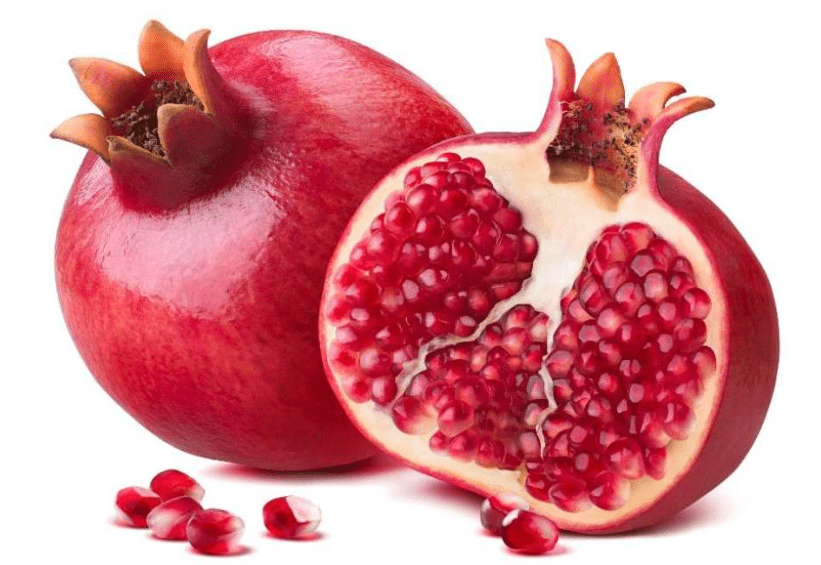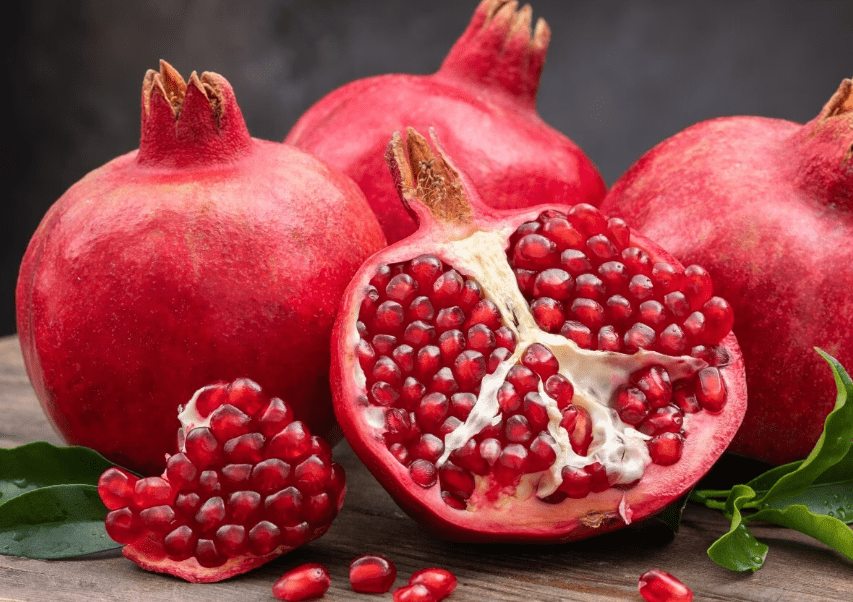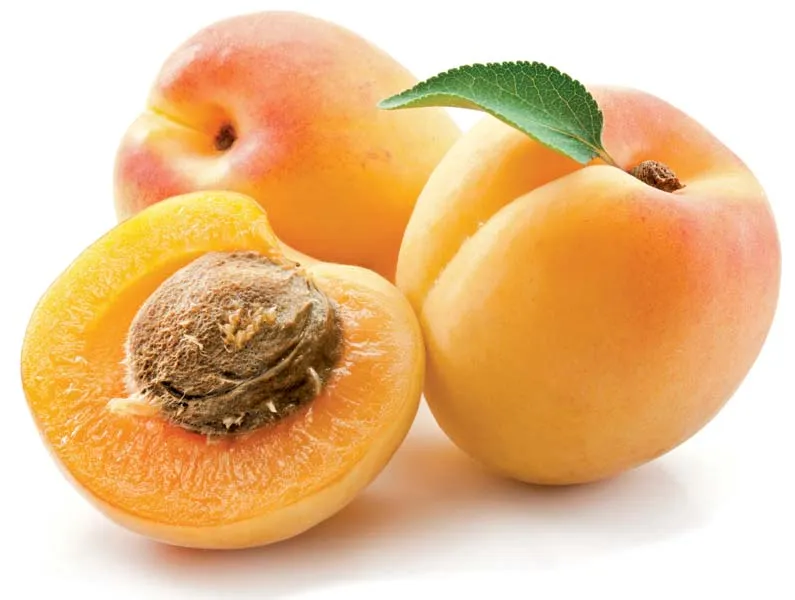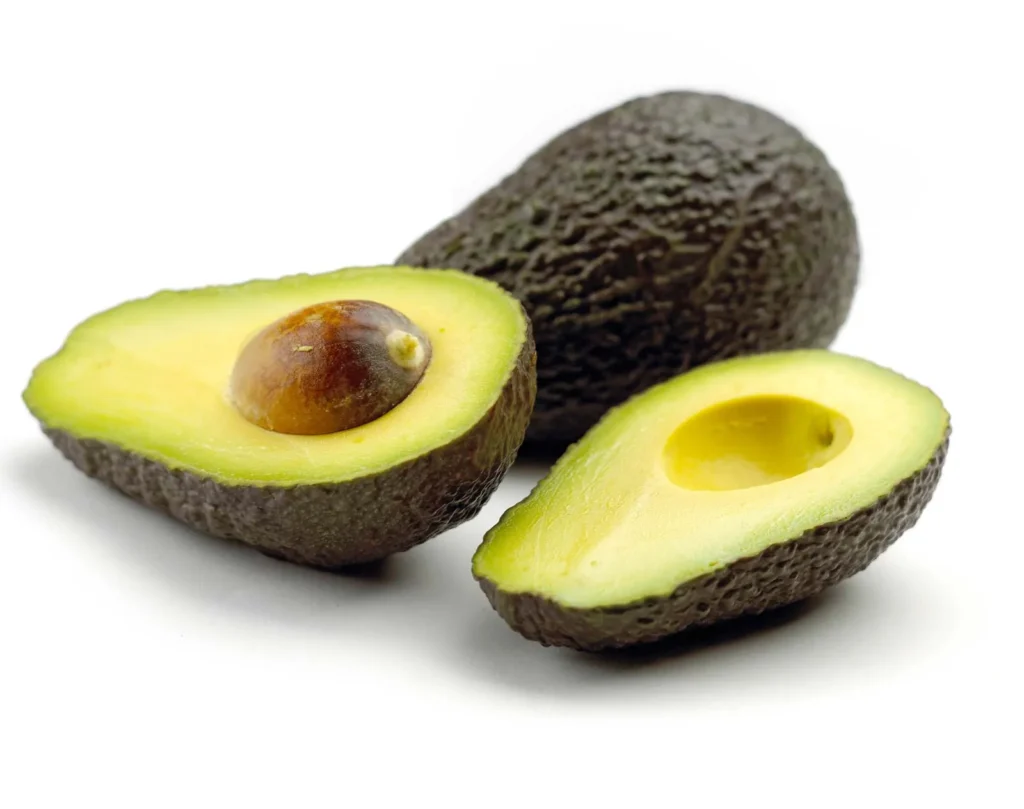
Description
The fruit of the Lythraceae family’s Punica granatum, a small bush or tree. The fruit has an oblique, six-sided shape and is about the size of a large orange. Its leathery, smooth skin ranges in colour from brownish to red. It is separated inside into numerous chambers, each of which has numerous thin translucent arils of crimson, luscious flesh around angular, long, pointy seeds.
Varieties
There are numerous varieties available, some of which are more tolerant of cold temperatures. Popular varieties include the following:
‘Nana’: a dwarf variety that can withstand cold temperatures up to zone 7 and rarely exceeds 4 feet tall
‘Sweet’: Produces fruit earlier than some cultivars, and as its name implies, it has an extremely sweet flavour. It also typically yields a large crop.
‘Wonderful’: The most widely cultivated variety in the United States; abundantly produces huge, tasty, red fruits late in the season.

Uses
The fruit’s juicy arils are consumed raw, and the juice is used to make grenadine syrup, a flavour for liqueurs and other beverages.
Nutrition
A serving of 1/2 cup contains 72 calories, 89 g sugar, 27g carbohydrates, 5 grams of fibre (roughly 18% of the daily value, or DV), 205 milligrams of potassium (roughly 4% of the DV), 9 mg of vitamin C (roughly 10% of the DV), 3 micrograms of vitamin K (roughly 3% of the DV), and 33 g of folate (roughly 8% of the daily value).
Cultivation
Although the pomegranate is said to be indigenous to Iran and its neighbours, it was historically produced all the way from the Arabian Peninsula via Afghanistan and India to the Mediterranean. From Chile to the driest parts of the US, it is widely grown throughout the Americas.
The pomegranate may thrive in a range of environments, but nice fruit can only be produced during the ripening phase when there are high temperatures and a dry environment. Deep, extremely heavy loams tend to be the best kind of soil. Although it is simple to grow seeds, the best types are propagated by cutting and layering. Hardwood cuttings that are 250–300 mm (10–12 inches) long are used for commercial propagation, and they are rooted in the open ground.
Table





